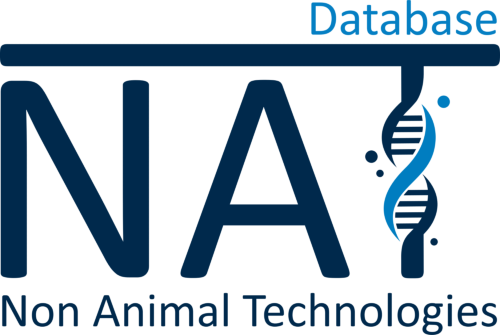Osteochondral organ chip to study the pathophysiology of osteoarthritis
2022
Leiden University Medical Center, Leiden, Netherlands
Given the cross-tissue aspects of osteoarthritis (OA) pathophysiology, research requires appropriate human in vitro OA models containing both functional bone and cartilage tissue units. Here, a microfluidic chip was developed using human primary osteogenic cells and articular chondrocytes (hPACs) from patients who underwent joint replacement surgery for OA (RAAK study).
The model allows the assessment of OA-related environmental disorders on (individual) tissue units by controlling environmental factors, e.g., by adding biochemical agents. After the establishment of the co-culture in the system, deposition of a layer of cartilage matrix occurs in the chondrogenic compartment, while a bone-like matrix is deposited between the fibres. As a proof of concept, bone and cartilage tissues are exposed to active thyroid hormone, creating an OA disease model. As expected, this leads to increased expression of hypertrophy markers in both cartilage and bone. Overall, this model may contribute to a better understanding of OA.
Capturing essential physiological aspects of interacting cartilage and bone tissue with osteoarthritis pathophysiology: A human osteochondral unit-on-a-chip model
Ingrid Meulenbelt
Added on: 07-08-2022
[1] https://onlinelibrary.wiley.com/doi/10.1002/admt.202101310





